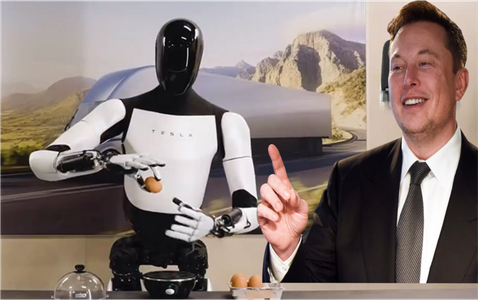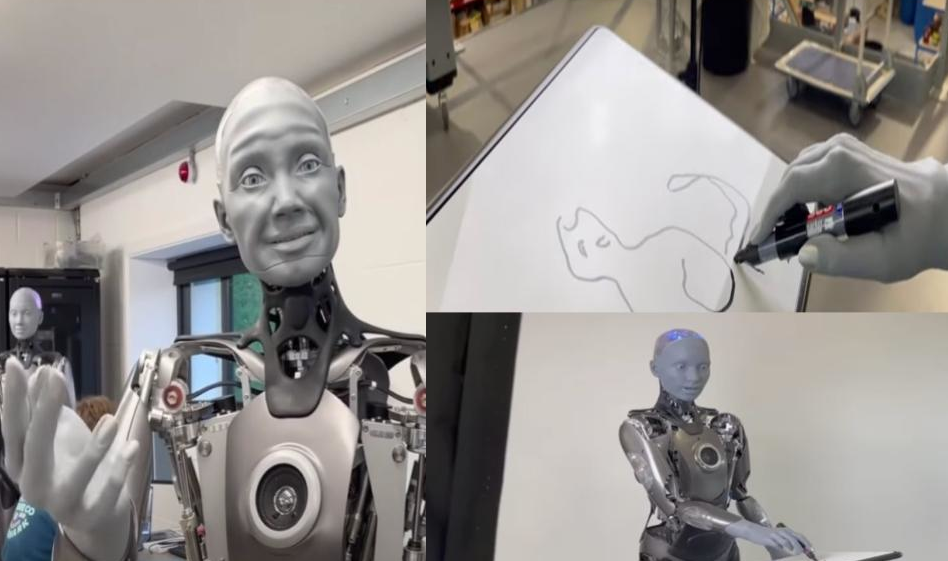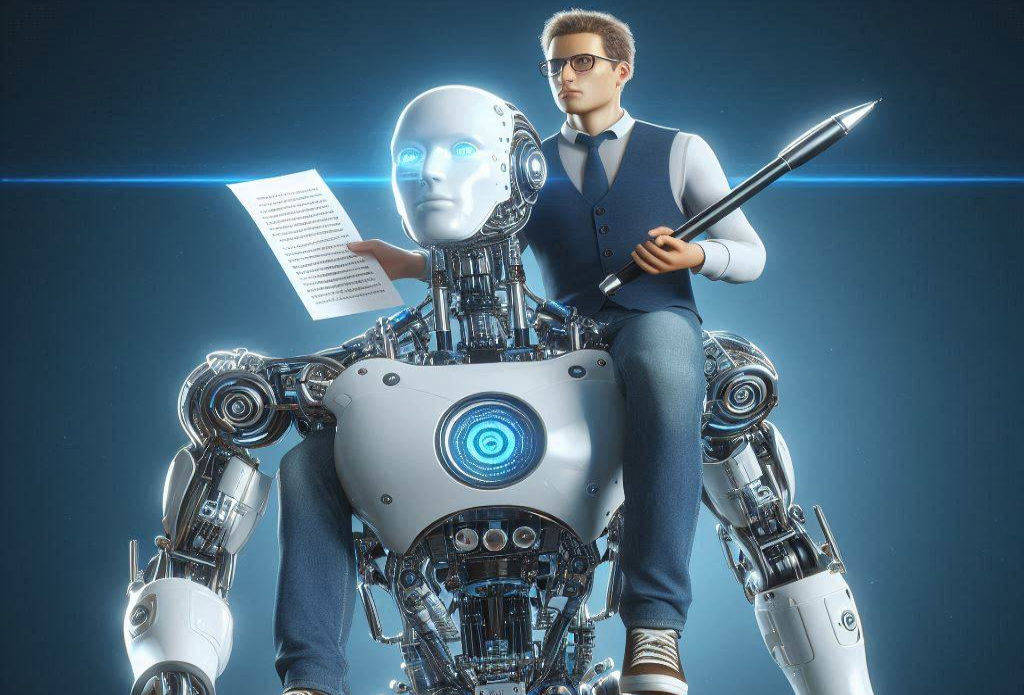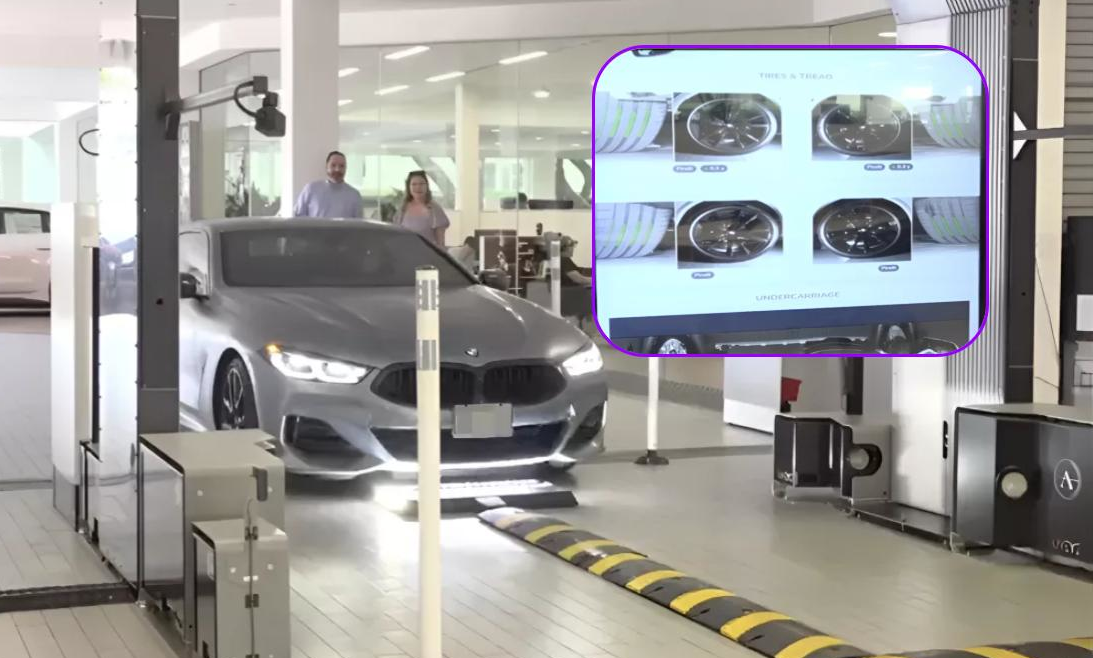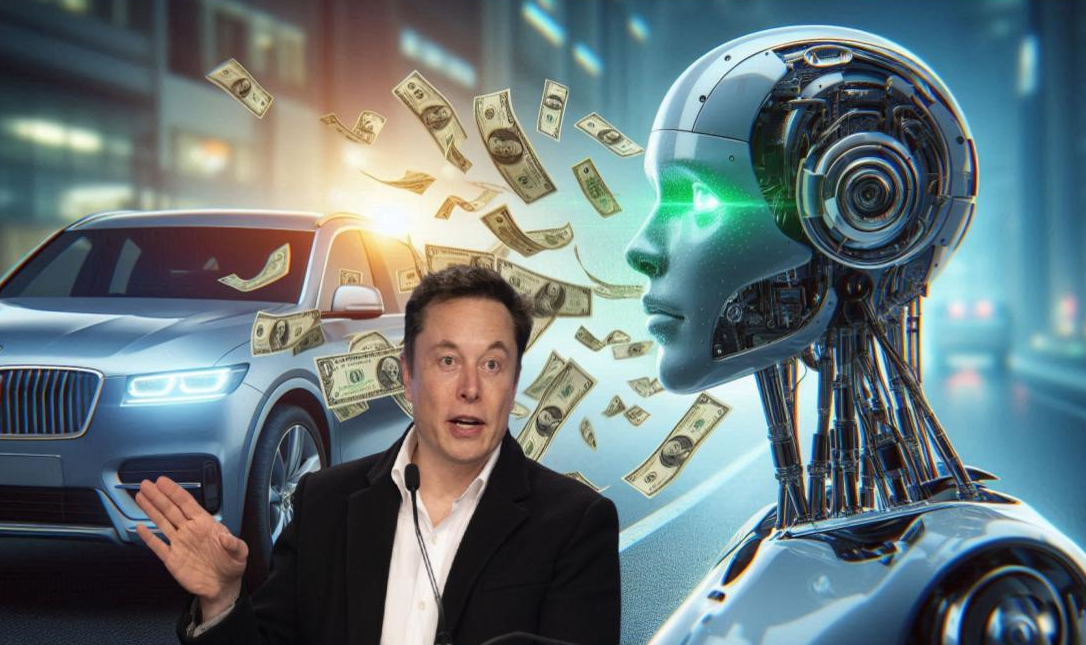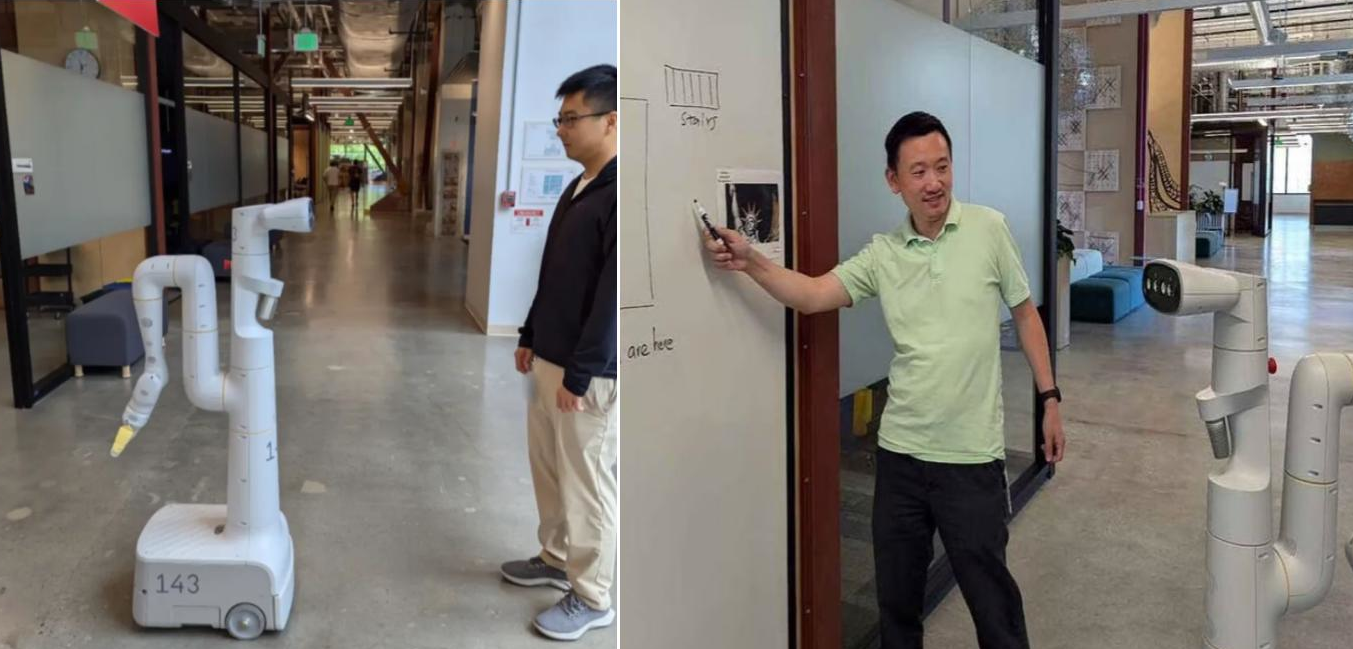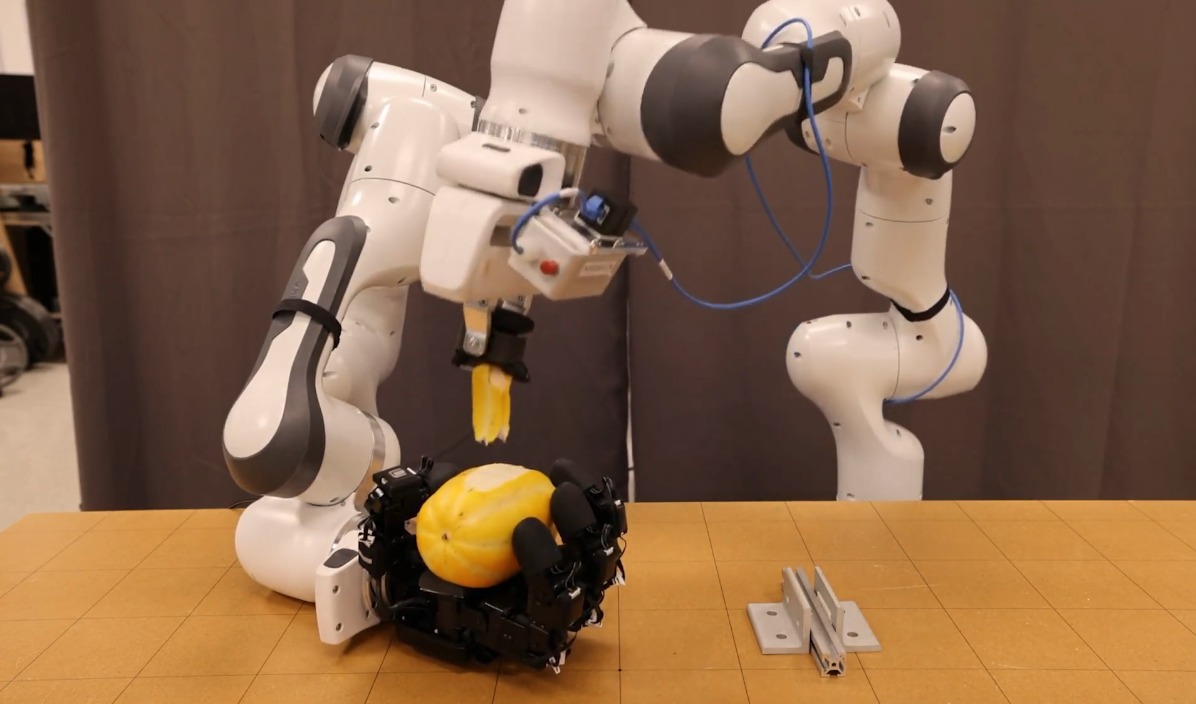Imagination is the spark that ignites technological progress. Sci-fi films capture this spark and explore its potential, while inventors use it to build the future.
Remember the movie I, Robot? It portrayed humanoid robots as these amazing helpers, seamlessly assisting humans with all kinds of tasks. Forget the whole robot uprising thing — wouldn’t it be awesome to have a friendly, agile robot companion? Imagine it taking care of tedious chores, booking appointments, and even joining you on outings!
If a robot with these features could be built, who wouldn’t want one? No wonder Elon Musk seems very confident that the market for Tesla’s robots will be larger than the car market, potentially selling billions of them.
Optimus Robot Evolution
At Tesla’s 2021 AI Day, Elon Musk promised to develop a humanoid robot. While he brought a dancer disguised as a robot on stage who started dancing, his goal is to show that he wants to build a practical, agile robot that can do anything humans can, even dance.
The following year, at Tesla’s 2022 AI Day, Elon Musk unveiled not one, but two robots. The first one walked onto the stage and performed some movements. Then, a video showcased its capabilities further, demonstrating tasks like picking up and carrying objects, and even watering plants.
However, this robot wasn’t the final product; it was a test model. Optimus, Tesla’s main humanoid robot, couldn’t walk yet and was carried onto the stage by Tesla employees.

Although it managed to wave to the crowd, creating a peaceful impression, this gesture might have been intended to reassure the public, as Elon Musk is known for his warnings about AI dangers. He emphasized that the Terminator scenario is impossible with this robot’s design, as humans can easily overpower and stop it in case of any malfunction.
Then, at the Tesla shareholders’ meeting in May 2023, Musk presented a video showcasing the robot’s progress. It appeared capable of slow walking and performing basic tasks. By September 2023, Tesla announced they had begun training the robot using deep learning. This allows the robot to learn new tasks by observing videos of people performing them.
December 2023 marked a significant leap in Optimus’s development with the unveiling of Optimus Gen2. This second version boasts a refined design, appearing sleeker and more agile. Notably, Tesla now manufactures all its actuators and parts, making Optimus a truly in-house creation. Compared to its predecessor, Gen2 is roughly 30% faster and 10 kg lighter, with enhanced balancing capabilities. The video showcased its new capabilities, including practicing squash and performing dance moves. Notably, the hand and finger development has seen significant progress, allowing Optimus to grasp and hatch eggs — a feat requiring coordinating both strength and delicate precision.
In January 2024, Optimus was showcased folding a piece of clothing. Elon Musk acknowledged that this task is currently limited by specific conditions, such as table height. However, it demonstrates the robot’s growing ability to use its hands and fingers for precise manipulation.
Easy to Say, Hard to Do
Robots have been used in production lines for a long time, where they are programmed to do specific tasks. This approach is technically feasible and cost-effective. However, humanoid robots face significant technical challenges to achieve the level of dexterity and versatility needed to collaborate effectively with humans in the home and workplace.
Simply making a robot prepare coffee, film it, and create a promotional video might seem impressive. However, a key challenge lies in its adaptability. If the coffee machine, cup size, or even lighting changes, the robot might struggle to repeat the task successfully. This highlights the need for advanced AI models that can understand and adapt to different environments and flexibly handle various tasks.
Elon Musk said that Tesla is the world’s largest robotics company as Tesla cars are essentially robots on wheels. So Tesla’s self-driving AI can be used in Optimus to understand and interact with the environment.
Building an autonomous robot is significantly more challenging than a self-driving system. Unlike a car with a predefined operating environment, a robot needs to adapt to diverse settings. It might need to climb stairs, navigate kitchens of various layouts, and walk in dynamic environments like sidewalks and shopping centers.
Elon Musk projected Optimus production to begin before 2027, but many experts cast doubt on this ambitious timeline. Tesla’s ongoing challenges with delivering the previously promised full self-driving system by the end of 2023 raise concerns about the complexity of achieving a truly autonomous robot AI system.
Despite the greater complexity of robot AI compared to self-driving systems, there’s a possibility for earlier use. Unlike self-driving cars which require passing strict safety tests before deployment, Optimus could potentially be used in homes even before reaching full maturity. Optimus enthusiasts could contribute to its development by helping it learn to navigate environments and improve its actions through user-friendly software tools. This is similar to what Xiaomi does, as it provides easy software to program the CyberDog 2 robot to perform movements desired by users.
Promising Future
The rapid development of Optimus and Elon Musk’s vision for humanoid robots have undeniably fueled a surge of interest in humanoid investment and application.
This is evident in car companies like China’s Nio and BMW, which have begun testing humanoids in their factories. Furthermore, robotic companies like Figure saw their value rise after securing investments from Microsoft, Jeff Bezos, and NVIDIA. Figure is also collaborating with OpenAI to develop advanced AI for their humanoids.
This heralds a potential revolution in humanoids, one that might surprise us as dramatically as the rapid development of AI models like ChatGPT, Midjourney, RunWay Gen2, and Gemini. Their capabilities have blossomed with surprising speed and efficiency in a short period.
